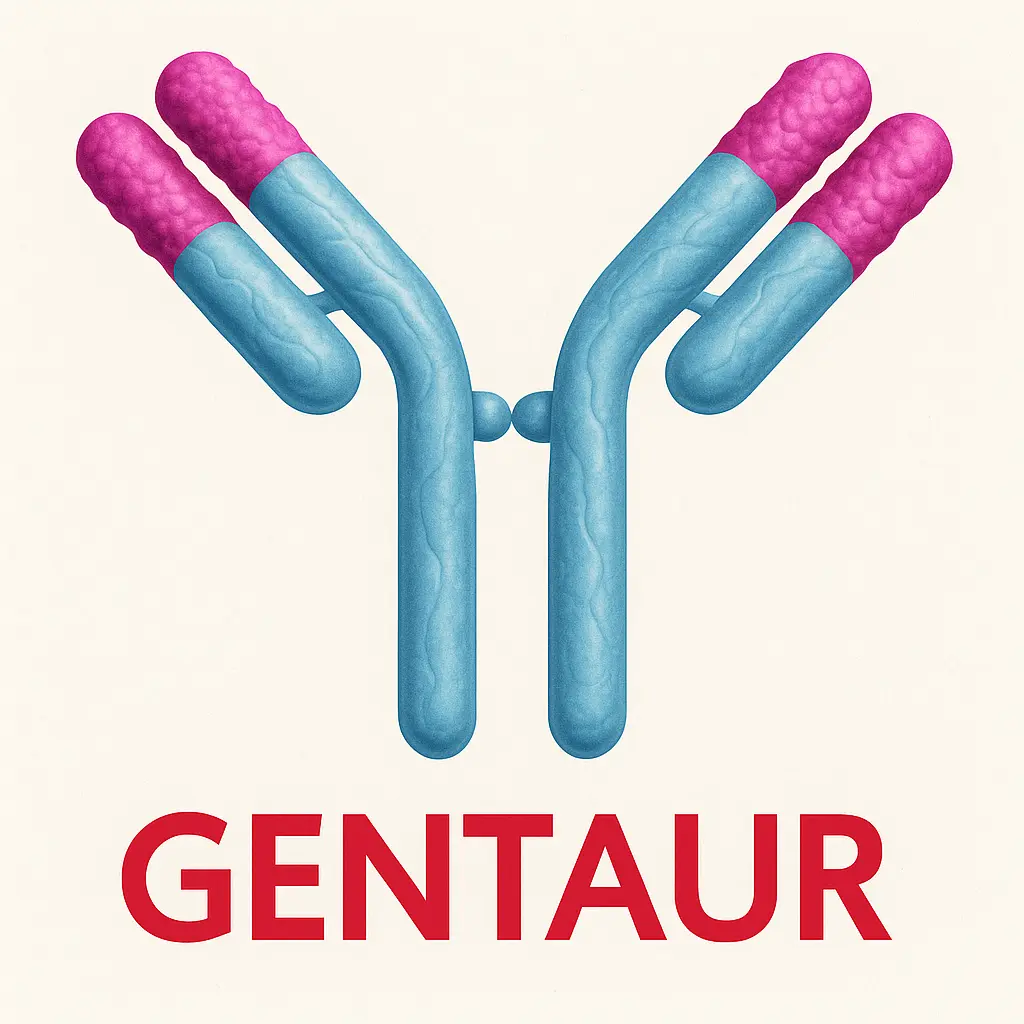Chikungunya vir us (CHIKV) is an arthropod-borne RNA virus (genus Alphavirus, family Togaviridae) transmitted by Aedes aegypti and Aedes albopictus mosquitoes. The name originates from the Makonde word meaning “that which bends up,” reflecting the extreme arthralgia characteristic of infection.

1. Epidemiology & Recent Outbreaks :
- CHIKV was first isolated in the 1952–53 epidemics of Tanzania. It remains endemic across Africa, Asia, and tropical regions, with outbreaks reported in Europe and the Americas
- As of mid‑2025, the ECDC reported over 240,000 cases and 90 deaths globally, with notable outbreaks in Brazil, India, Bolivia, and China.
- In Guangdong province, China, thousands of cases have triggered public health responses including vector control, drone surveillance, and larvicide application.
2. Clinical Presentation & Transmission :
- CHIKV infection typically manifests 2 to 14 days post‑exposure with high fever, debilitating joint pain, rash, muscle aches, headache, and fatigue. Although mortality is low (~1 in 1,000), chronic arthralgia can persist for months to years in vulnerable populations.
- It is primarily transmitted via Aedes mosquito bites; no human-to-human transmission occurs aside from rare perinatal spread.
3. Laboratory Diagnosis :
- Early-phase detection (first ≤8 days) relies on RT-PCR to identify viral RNA, or viral culture under BSL-3 conditions.
- Serologic testing detects virus-specific IgM antibodies from approximately day 4–8 and can persist for months. Positive IgM results should be confirmed via neutralizing antibody assays at public health labs or the CDC to avoid false positives.
- Ontario’s Public Health resource notes molecular PCR is preferred within 14 days of symptom onset; serology is an alternative later. Oregon’s guidance indicates IgG presence suggests past, resolved infection.
4. Immune Response & Antibody Detection ( Check Here )
Upon infection, the immune system produces neutralizing antibodies against viral glycoproteins E1 and E2. Detection of these is achieved via :
- MAC-ELISA (IgM capture)
- Rapid lateral flow assays
- Immunofluorescence assays (IFA)
These antibodies are essential for diagnosis and contribute to long-term immunity, as most individuals are immune post-infection.
For research and experimental purposes, see the Chikungunya Virus Antibodies category on Maxanim, which lists antigens and antibody resources for immunological exploration.
5. Management & Prevention
No antiviral therapy exists—management is supportive, focusing on rest, hydration, and analgesics like paracetamol (NSAIDs are discouraged until dengue is ruled out due to bleeding risks)
Widely endorsed preventive strategies include :
- Mosquito bite avoidance (repellents, long sleeves)
- Vector control (eliminating st²anding water)
- Travel advisories
- Vaccination for high-risk travelers—some vaccines are approved in the U.S. and EU, though use is limited for older adults due to reported adverse events.
CDC and WHO recommend vaccination and stringent mosquito prevention in endemic or outbreak regions.
6. Pathophysiology & Chronic Sequelae
CHIKV infection induces a strong innate and adaptive immune response. In chronic cases, persistent arthralgia is linked to inflammatory cytokines and joint tissue involvement.
No standardized biomarkers exist for chronic progression, though elevated CRP and cytokine levels often correlate with symptom severity.
7. Summary Table
| Category | Details |
|---|---|
| Virus | CHIKV, an alphavirus (Togaviridae), mosquito-borne. |
| Symptoms | High fever, severe joint pain, rash, headache, fatigue. |
| Diagnosis | RT-PCR (acute), IgM/neutralizing antibodies (later). |
| Treatment | Supportive care; no antivirals. |
| Prevention | Mosquito control, vaccination for travelers. |
| Immune Response | Strong neutralizing antibody production; life-long immunity common. |
| Outbreaks (2025) | China, Americas, Europe, Africa: >240,000 cases, 90 deaths. |
| Research Resources | Maxanim antigen/antibody listings, CDC & WHO diagnostics and guidelines. |
Chikungunya virus remains a globally pressing arboviral threat characterized by high morbidity due to disabling arthralgia, with no specific treatment yet available. Advancements in diagnostic antibody assays, vaccination, and vector control remain pivotal in reducing disease burden. The referenced Maxanim antibody catalog may aid immunologists in selecting reagents for advanced serologic or epitope-mapping studies.
